Not all roads are built equally, but long-lasting roads are built from smart, strategic decisions. At Asphalt Materials, Inc., we understand that the key to durable infrastructure isn’t just how roads are constructed, but how they’re maintained over time.
As advocates of proactive road management, we develop innovative materials that treat pavements at various stages of life and bring solutions to the table that are best suited for each individual road to extend its life. Our company is grounded in a forward-thinking approach that helps communities increase pavement durability, reduce lifecycle costs and avoid the pitfalls of reactive maintenance.
Our Road Resilience Philosophy is built on the industry’s leading preservation tenet, a simple but powerful idea: match the right treatment to the right road at the right time.
Why Road Resilience Matters
Traditional road management often follows a “one size fits all roads” approach, applying the same treatment to all roads at set prescribed times, regardless of individual conditions. Using this method, early signs of distress can be overlooked, delaying maintenance until damage is more visible and more costly to repair.
Road Resilience redefines that model. Preservation starts at Year 0, even before asphalt is paved.

Functional distresses such as asphalt film wear, mastic raveling and binder aging begin immediately following initial construction, and progress rapidly in the first several years of service. Thermal cracking early in a pavement’s life allows water and debris to erode base support, which can accelerate structural distress. That’s why we encourage being proactive with a preservation strategy that reduces the likelihood of common early-life distresses, followed by treating symptoms of the individual road.
What does this mean in practice?
The Road Resilience Toolbox
Every road is different, and they should be treated as such. Rather than following a prescriptive maintenance plan, AMI’s approach relies on letting the road condition guide the treatment strategy. Pavement condition data, such as PCI scores, surface texture, crack formation patterns and permeability tests can guide treatment decisions more effectively than a fixed schedule.

To optimize this approach, you’ll need a toolbox mentality.
By leveraging a combination of treatments tailored to specific symptoms and performance, road managers can build a balanced preservation and maintenance approach that’s critical to keep good roads good.
Luckily, there are restorative and cost-effective treatments for every pavement condition stage.
We begin to observe functional distresses very early in a pavement’s life, which negatively impact ride quality and safety, and can progress rapidly to more impactful structural distresses. Structural distresses, which compromise a pavement’s ability to carry its intended loads, manifest slowly but progress rapidly once present.
Whether it’s sealing surface voids, supporting long-term durability or addressing early signs of aging, AMI offers a range of solutions engineered to meet the unique needs at every stage of a road’s life. These treatments align with key stages in a pavement’s lifecycle, offering targeted options from pre-construction through rehabilitation.

The Value of Strategic Preservation
As pavement condition deteriorates, the cost to maintain or improve it by even one unit rises exponentially. Strategic preservation breaks this cycle. By investing in early treatments when deterioration is low, the Equivalent Annual Cost (EAC) of a pavement is lowered, which ultimately reduces total life cycle costs and keeps good roads in good condition for longer.
Built on well-established and accepted concepts promoted by the Federal Highway Association (FHWA) and the Pavement Preservation & Recycling Alliance (PPRA), the Road Resilience Preservation Philosophy works to prevent distresses rather than fix them retroactively.
Your Partner in Pavement Strategy
The team at AMI develops quality, innovative materials. And we also support smart planning. We work closely with counties, cities and DOTs to assess pavement networks, recommend optimal treatments and support proactive strategies that help infrastructure last longer. Our goal is to help agencies move from reactive fixes to proactive planning, building networks that perform better and last longer.
Whether you’re just starting your preservation journey or refining an existing strategy, we’re here to help!





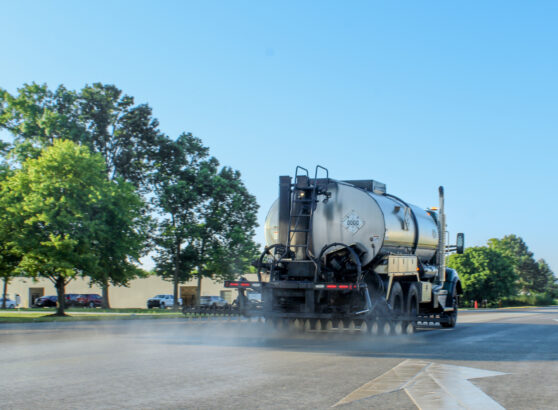
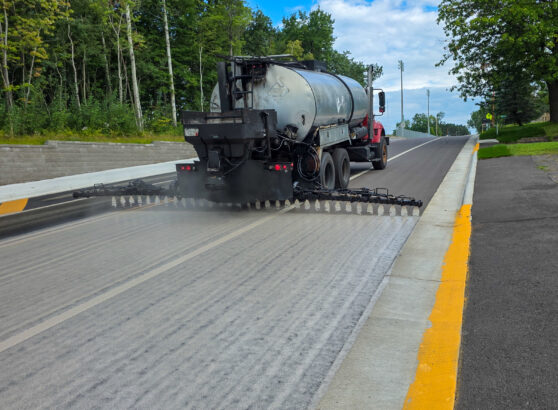
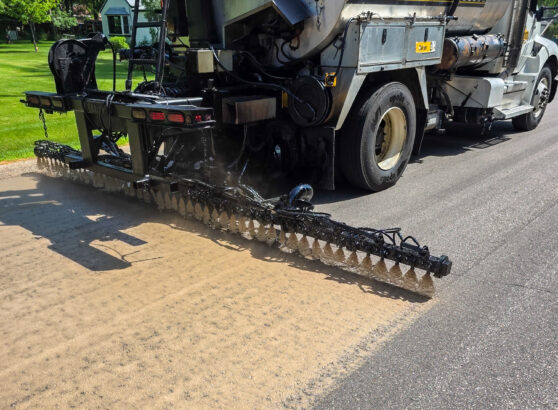



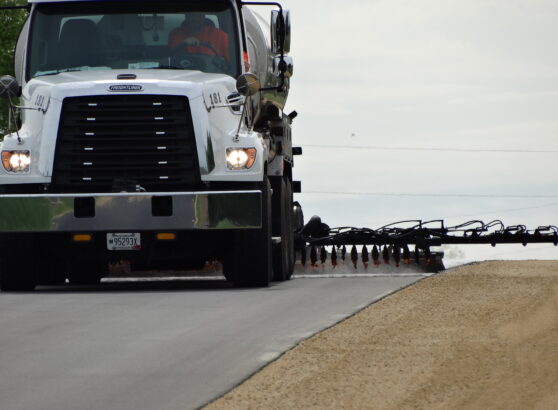
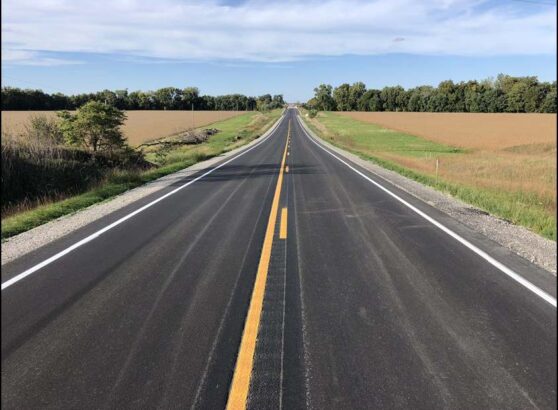

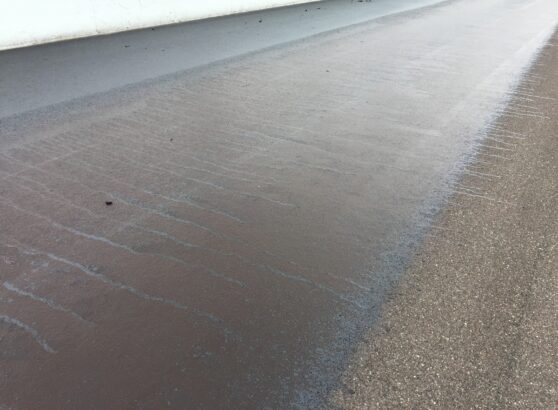
Recent Comments